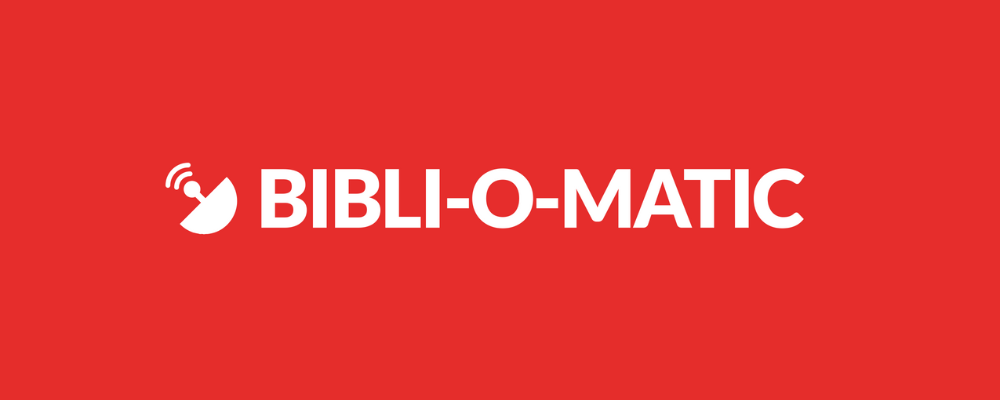A new edition of our popular Canadian Leisure & Reading study is here!
In this blog post, we’ll be sharing some highlights, but if you want to jump right in and savour the sweet data our Research team has collected, you can download your very own copy of the free report.
For context, this year’s survey was fielded in January 2021 to 1,253 English-speaking Canadians over the age of 18. Wherever possible, we’ve compared this year’s survey results to the same survey fielded in January 2020 to 1,266 respondents.
Now, let’s get to the good stuff. What were Canadians doing with their free time this past year? Well, it might surprise you to find out that they weren’t just baking sourdough or cooking their way through 2020.
Leisure activities at a glance
The big consensus was that respondents had more leisure time in 2020. When comes to money, most respondents said they have the financial means to take part in leisure activities. And since social distancing was a priority, Canadians looked for leisure activities that were in, or close to, their homes.
Other popular activities were exercising/working out (63%), shopping (63%), listening to radio shows (58%), reading or listening to books (53%), and playing video games (40%). Here’s a fun fact: playing video games was the activity that saw the biggest change year-over-year — in 2020, only 40% of respondents said they played video games at least once a week.
Although leisure time was abundant, there wasn't a significant increase in reading frequency in 2020. Based on the responses we’ve got, we think this can be attributed to difficulty staying focused, barriers to getting books (for example, during library and retail closures), or lack of financial means — price is a big concern, especially among digital book buyers.
Those who had the time, interest, and means to grab a book, said they discovered new reads in multiple ways. The most popular were: word of mouth (34%) and using a bookstore (26%). Both through a public library and online book retailers were tied at 25%, and on social media came in at 22%.
Compared to 2019, acquiring books in 2020 looked a bit different. Being able to buy or borrow digital or print books online played a big role in keeping readers busy and with access to books. Of note, when comes to digital books, the preferred acquisition method is borrowing. On the other hand, buying was most popular for print books.
Other things we learned
The perceived value of books continues to be a hot topic, some readers say that buying single books seems expensive — with prices ranging from $11 to $45 or more — especially when compared to subscription services for TV, movies, or digital books in which the subscription holder can read or watch as much as they want by paying a fee that tends to be between $5 to $20 a month.
Even though 2020 was a digitally driven year for many, according to respondents, print books are still the preferred format to consume books. This is especially true for readers over 45. Readers between 30 and 44 were more likely to choose an ebook over an audiobook or print book.
The preferred devices to read ebooks are tablets and computers. For some, an important reason to choose ebooks over print books was having the possibility of adjusting the settings to adjust their needs and preferences — like increasing the font size, using the text-to-speech feature, or using a braille device.
Audiobooks were mostly listened to using smartphones, tablets, or computers. Of note, audiobook listeners pointed out that they prefer to listen to a voice actor reading the book instead of the author.
Interests in specific subjects also changed compared to 2019. Young Adult (YA) books, for instance, saw the most significant changes year-over-year across all formats: print book readership doubled (7% in 2019 vs. 14% in 2020), almost the same as ebooks (7% in 2019 vs. 12% in 2020), and audiobooks went from 8% in 2019 to 11% in 2020.
Readers also reported reading more Non-Fiction: print book readership went from 50% in 2019 to 61% in 2020, for ebooks the change was also pretty significant (50% in 2019 vs. 60% in 2020), and for audiobooks even greater (50% in 2019 vs. 64% in 2020).
Books that were adapted for movies or TV were the most popular books read in 2020, followed by those by or about Canadians/local authors.
Diving deeper into Non-Fiction titles, there are some changes of note among the books read.
For print books:
Cookbooks readership increased by 3%
Health or Fitness decreased by 4%
Self-help decreased by 5%
For ebooks
Biographies or Memoirs stayed the same at 35%
Cookbooks decreased by 4%
True Crime increased only by 1%
For audiobooks
Business decreased by 7%
History decreased by 6%
Personal Finance decreased by 2%
As you can see, there’s so much to learn in this report about readers and their behaviour, so don’t wait any longer and dive right in! Remember that the Canadian Leisure & Reading Study 2020 is a free report, so download your copy now and feel free to share widely!


















Sales and library circulation data of Cooking titles during the first quarter of 2024.